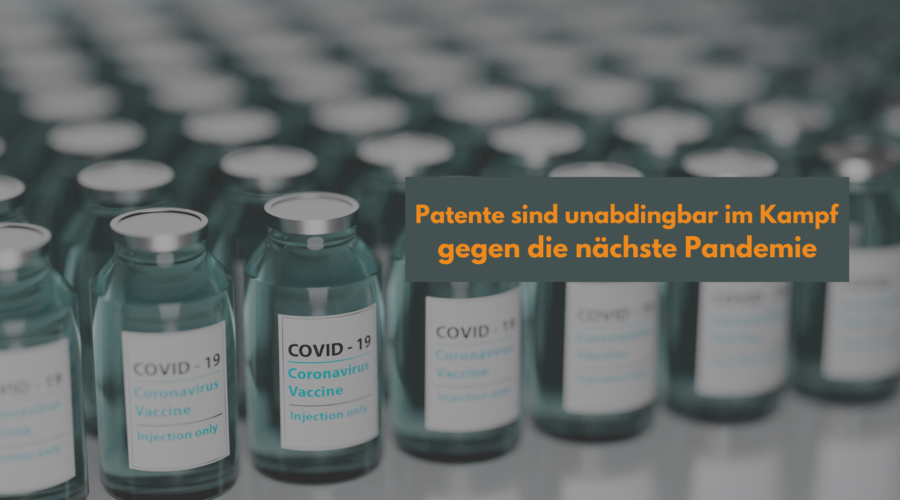More consumers reaching for alcohol-free beer, wines and spirits
Various studies over the past two years have shown that there was a worldwide increase in alcohol consumption during the pandemic because many people were worried and stressed as they self-isolated due to COVID-19.
But now, it appears there is a new trend happening as sales statistics show there has been an increase in the purchases of alcohol-free beer, wine and spirits.
“You can have non-alcoholic beers now that are so close to the real thing that you could probably fool someone in a taste test,” said Sarah Kate, an alcohol-free sommelier, who is also the founder of the website, Some Good Clean Fun.
Kate promotes an alcohol-free and healthy lifestyle and said a global survey by Bacardi Limited, the world’s largest privately held spirits company, found that 58 per cent of consumers are now drinking beverages that contain low or no alcohol for personal and mental health reasons.
Read the full article here





